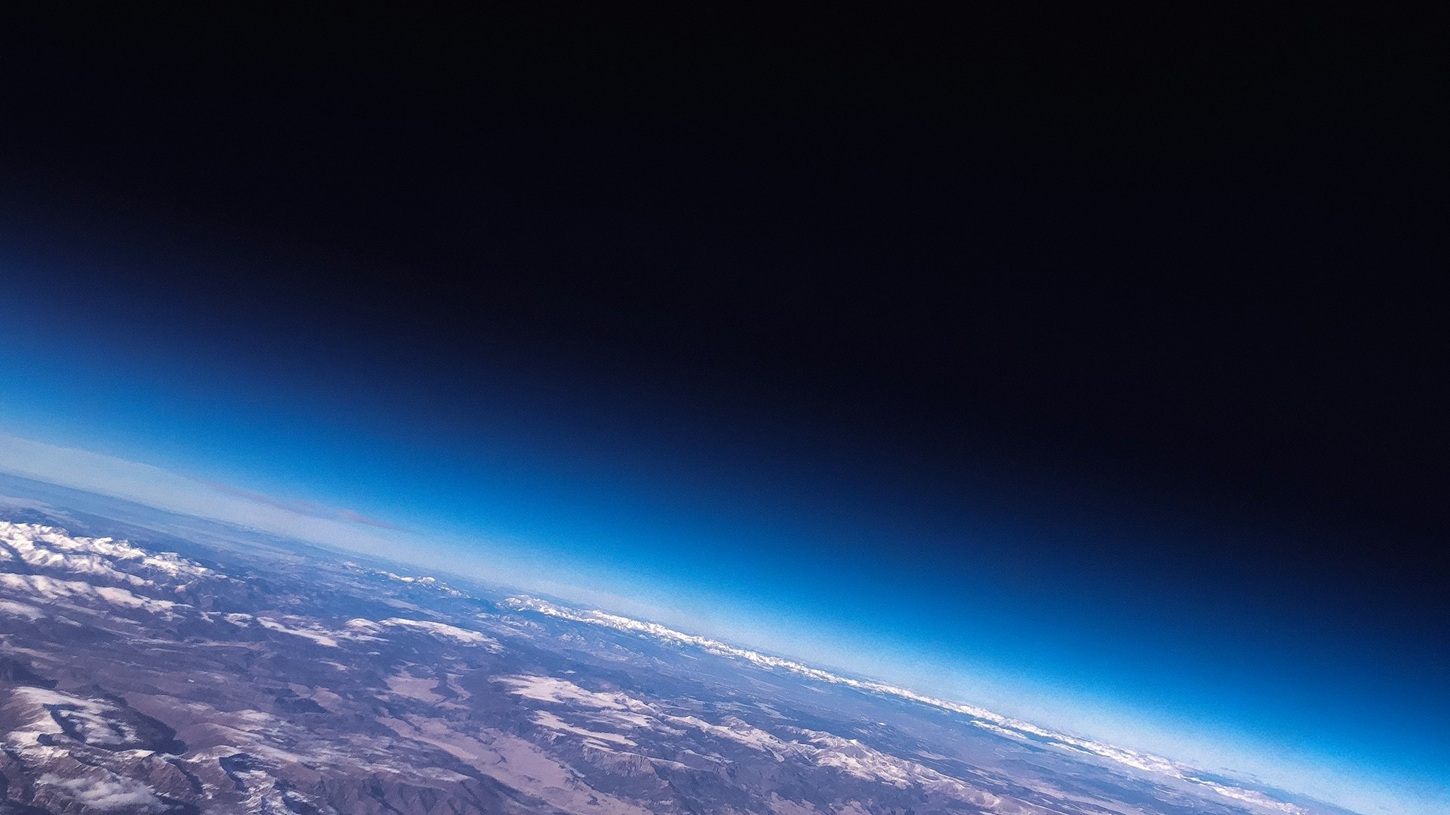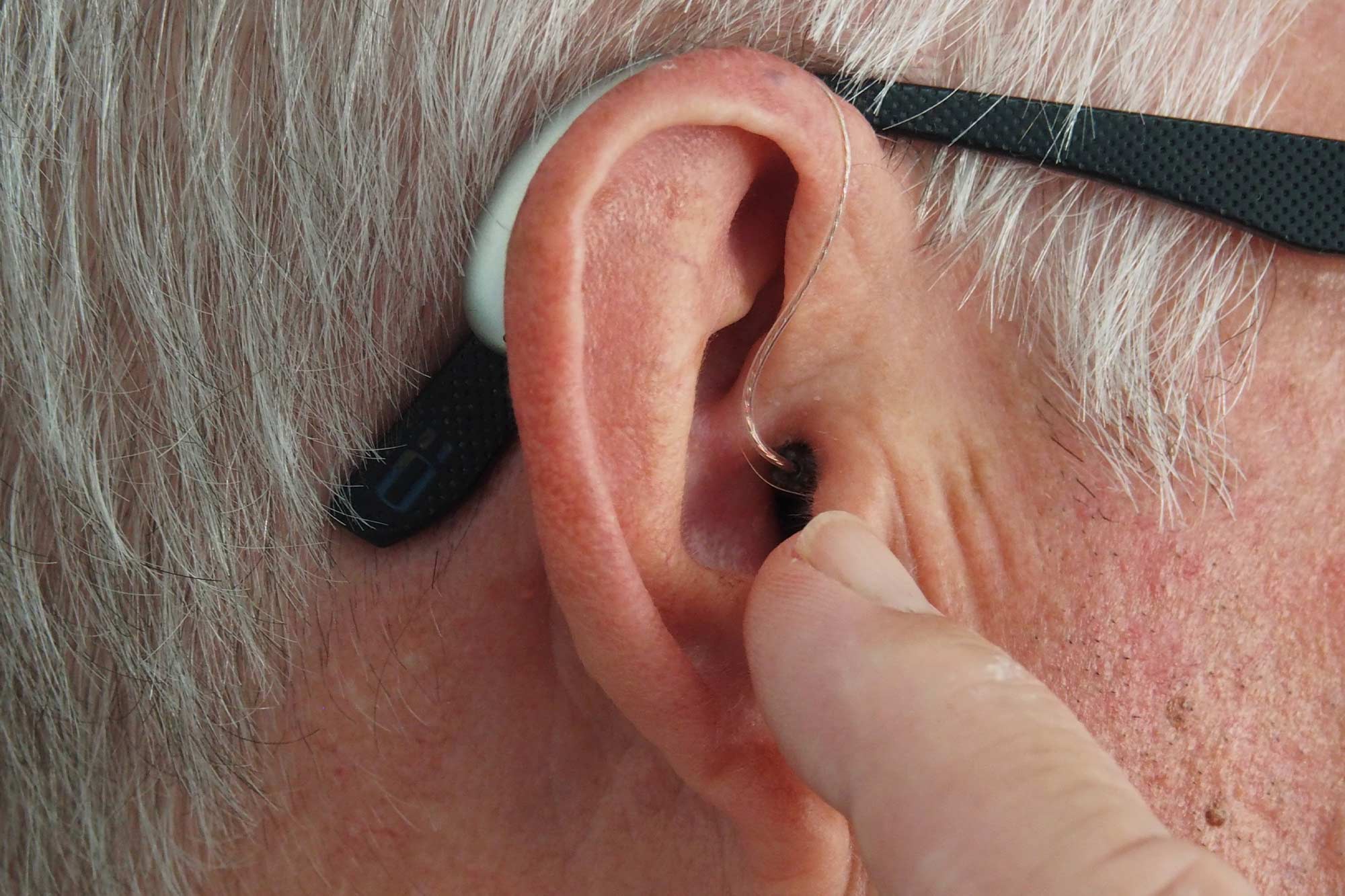Meteorologist Anna Case reports at the Halfway Portal that increased exposure to UV rays increases the incidence of, for example, skin cancer and cataracts.
In 2012, an estimated 168,000 new cases of skin cancer were traced back to excessive UV radiation.
This represents about 76 percent of all new cases.
In addition, UV rays also contribute to cataracts, which are the main cause of visual impairment. Radiation is also associated with premature aging of the skin, however, with “adequate exposure,” UV rays can have beneficial effects on human health, such as the important role of vitamin D synthesis and the severity of some autoimmune diseases.
Wildlife is also affected by UV rays
The meteorologist also noted that migration due to climate change can expose certain organisms to ultraviolet rays that they are not used to. In addition, since each organism tolerates ultraviolet radiation to varying degrees, changes in it can also affect the diversity of ecological communities.
For example, the larvae of many species of fish are sensitive to damage caused by ultraviolet radiation. Thus, if these larvae spread to surface waters at higher UV rays, the survival rate of the young would likely decrease, which would consequently have negative effects on fishing, the meteorologist emphasized.
UV rays also destroy wood and plastic
Little Anna also notes that UV rays destroy both plastic and wood, and wood and plastic are used on construction sites, vehicles, outdoor furniture, and farm equipment.
Ultraviolet-B (UV-B) rays can cause yellowing and loss of light on the surface, but may also increase water absorption. Thus, ultraviolet rays tend to accelerate the processes of decomposition, “degradation” of materials, sometimes leading to premature failure, and an additional aggravating factor can be high temperature.
Moreover, high UV rays can also contribute to the breakdown of plastics, which leads to the appearance of microplastic particles, and microplastics, which are also harmful to wildlife and the human body.












































